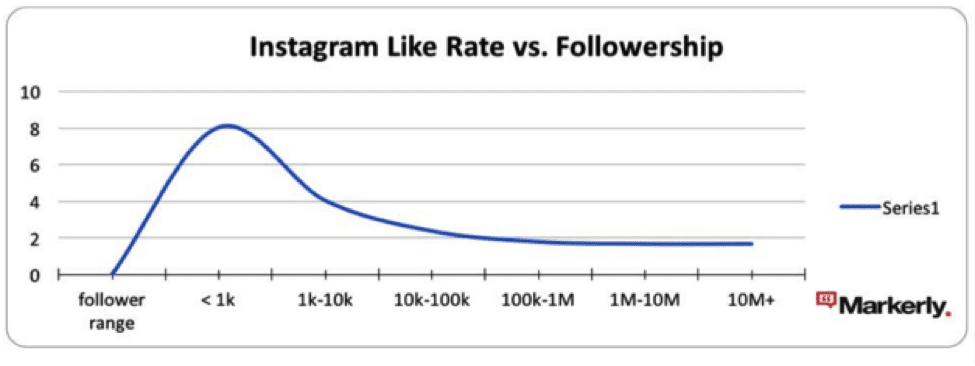If you’ve read any trade publications, or have been in planning meetings recently, you’ve probably heard the term “micro-influencer” come up more than a few times. You might be thinking, “Is this a new type of influencer that I missed?” The answer is no. If you’ve run an influencer campaign in the last five years, you’ve likely already partnered with one. And over the last few years the term, and their relevance, has only risen in popularity.
What are Micro-Influencers?
Ok, so what are micro-influencers? It can be a confusing topic. If you search Google, you’ll probably find three different definitions of what a micro-influencer is. A Digiday article says it’s someone between 10,000 – 100,000 followers. Influencer vendor, Hello Society, on the other hand, defines a micro-influencer as someone with less than 30,000 followers. Still confused? Well, Gnack says a micro-influencer is someone less than 10,000 followers.
The one thing that seems to be consistent is that it’s definitely not someone with millions of followers. For the sake of this discussion let’s say it’s someone between 10,000 – 100,000 followers. To even amass 10,000 followers, this content creator has to have some baseline niche they specialize in, and regularly engage with their followers on the topic.
Pros and Cons of Using Micro-Influencers:
There’s a lot of reasons why a micro-influencer program might be perfect for your campaign. They give an opportunity for brands to reach smaller, more active and engaged audiences around a more niche content vertical. Because they aren’t posting content to millions of followers, they are more relatable and authentic than their mega-influencers counterparts. Secondly, mega-influencers like Michelle Phan, Lilly Singh, or Rhett and Link have seen their popularity (and rates) skyrocket over the last two years. Your program might not be able to budget for a six figure star. One of the key benefits of micro-influencers is the recognition their audiences give them around the knowledge in their specific area, and these areas can cover a huge range of topics – travel photography from specific golf courses, refinishing furniture with chalk paint, to delivery drivers that meet dogs on their route. Brands that want to work with these audiences can specifically target their audience to share a message.
That added authenticity helps, as studies have shown that engagement rates tend to decrease as influencer reach increases.

Cons:
It’s not all sunshine and roses working with micro-influencers. By their definition, you’re working with MICRO-influencers. The audience of a micro-influencer is smaller than a celebrity or mega-influencer. If you’re looking to spread your message far and wide, you’ll need to work with either a considerable number of micro-influencers to reach a similar level of impressions, or you’ll have to amplify with paid media. While I mentioned above that engagement rates are typically higher than large influencers, It’s not always guaranteed that a micro-influencer will secure a higher engagement rate. Micro-influencers typically aspire to become macro-influencers, and they know they need followers to make that happen. Fake followers are on the rise and Instagram pods are a new phenomenon to counteract the Instagram algorithm. Fear not though, a skilled influencer strategist can sniff out these tactics through the vetting process. Buyer beware if you’re running an automated influencer program or partnering with influencers in bulk: you may not like what you get.
Instagram Pods:
When Instagram introduced their version of the news-feed algorithm, savvy influencers knew their posts might be viewed by significantly fewer people, and many saw their business model evaporate in front of their eyes. Micro-influencers then banded together in groups of 30 to comment on each other’s posts daily, creating “Instagram Pods.” Because of the way the new algorithm worked, Instagram favored posts promoted by pods, however, the comment pod may not be the audience your brand is targeting. Many agencies are also adding language in their contracts that influencers need to disclose if they are part of a comment pod. Comment pods are not necessarily a bad thing, but this new phenomenon is something savvy marketers need to vet when partnering with influencers.
One thing is clear, micro-influencers are here to stay and there are many compelling reasons to incorporate them into your marketing plan. Social media excels at connecting like-minded people together, which is a major reason micro-influencers took off in popularity. But before you take that deep, head-first, dive into micro-influencers, at least be aware of some of the pitfalls that brands and marketers have stumbled on in the past.